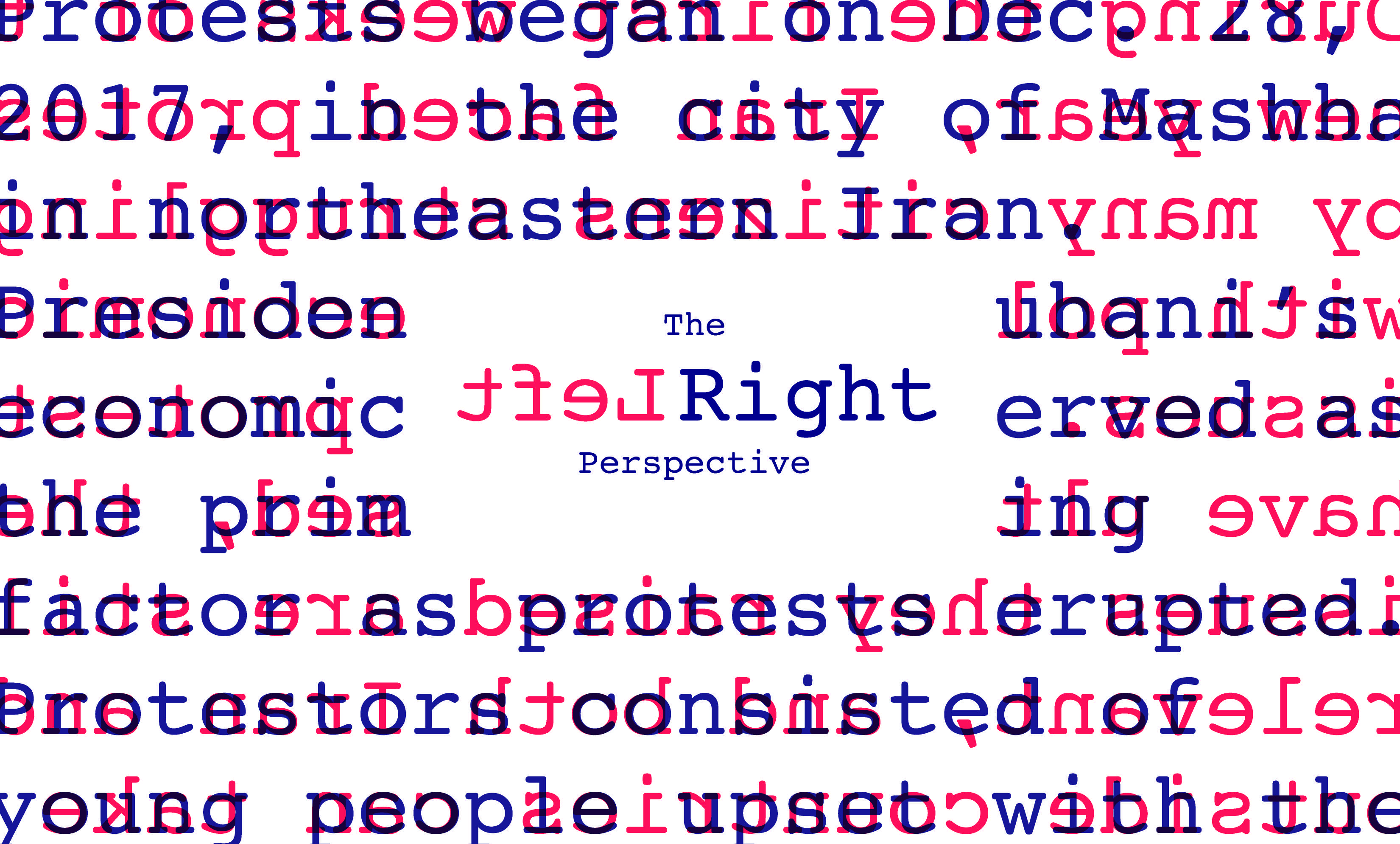by Cole Jordan, Business Manager
Following the tragic aftermath of the Marjory Stoneman Douglas High School shooting in Parkland, Fla., gun control has once more become a fiercely debated and strongly polarized topic in American media. Many will claim that – with reference to Everytown for Gun Safety’s running tally of school shootings – America experienced its eighteenth school shooting of 2018.
Except that number has been unnecessarily inflated. John Woodrow Cox, of The Washington Post, notes that of these eighteen, five occurred during school hours resulting in injury; three were intentional yet did not hurt anyone and two were unintentional firings. While five intentional, harmful shootings occurring during school hours is significantly less than eighteen, both sides can agree that this number is still too high, and that this a substantial problem that seems relatively contained to America.
Where this agreement stops, however, is in how we deal with this increasingly prevalent problem. Many are quick to call for all-out bans on all “assault rifles,” “AR-15s” – commonly misidentified for AR-15 style weapons, the real one being the Colt ArmaLite AR-15 – and any other type of semi-automatic magazine-fed weapons. The problem with this is that any rifle with polymer components, as is standard with AR-15s, is quickly labeled an assault weapons, even though all these rifles exist, and can be bought in smaller calibers like .22 LR or 9mm.
The other problem is that rifles such as the Simonov SKS, a semi-automatic, magazine-fed, Russian deer-hunting rifle – featuring a fully wooden stock and being chambered in 7.62x39mm rounds – can produce just as much, if not more, damage than a standard AR-15. The SKS and guns with similar-style builds are often overlooked by gun control enthusiasts because they put off the appearance of a “hunting” rifle.
Others yet are hesitant to make any changes restricting the Second Amendment, which states, “A well regulated militia, being necessary to the security of a free State, the right of the people to keep and bear Arms, shall not be infringed.” This side argues that the right to own weapons for self-defense is as natural and unalienable a right as is freedom of speech or religion. And why shouldn’t it be?
Conservatives interpret the Second Amendment as being an individual right, and thus see most calls to restrict said right as being unnecessary, collective punishments based on the radical actions of one person. On the opposite side of the spectrum, the Second Amendment is seen as being a collective right, which would grant local, state and federal legislative bodies the authority to regulate who owns what without infringing upon any constitutional rights.
Now, this isn’t to say that conservatives think everyone on God’s green earth have irrevocable rights to possess any firearm of their choosing, regardless of their prior actions. No, they believe that everyone is born with an inherent right to possess a firearm, but that that right can be, and should be, swiftly rescinded should an offense (e.g., felony, domestic assault) occur. Most are also on board with the notion of “common sense” gun control: a method that would ensure safe ownership and responsible use of legal firearms with the intention of reducing gun-related offenses. But outside of idealism, how can this be accomplished with bipartisan approval?
Obviously, a comprehensive gun ban won’t pass through Congress, and equally as obvious, remaining complacent with current restrictions won’t satisfy the American people. Arming teachers may not bode well with the public either, nor will combating calls for gun control with, “it’s a person problem, not a gun problem.” Be that as it may, the numbers are undeniable; something must be done to prevent more shootings from happening, more innocent lives from being taken and more parents from losing their children. Since information detailing the FBI’s ignorance following reports of Nikolas Cruz’s alarming behaviors surfaced, many are calling for the public to take on an increased role in preventing potential threats from taking less-than-desirable actions.
A California statute passed in 2014 – effective as of 2016 – is gaining traction amongst conservatives and may prove to be the first step to a bipartisan compromise. California Assembly Bill 1014 created gun violence restraining orders, or GVROs. On a broad level, GVROs permit a close relative, generally those living with a troubled individual, to petition a court for an order that would allow law enforcement to temporarily revoke said individual’s gun rights, so long as concrete evidence highlighting the individual as high risk is provided. The appeal of GVROs is that it enables citizens to rely less on the application of existing policy and fallacy of humans within institutions like the FBI and more on vigilant citizens. This concept recognizes both the constitutional right of self-defense and of due process. David French of the National Review put it perfectly: “It is not collective punishment. It is precisely targeted.”








